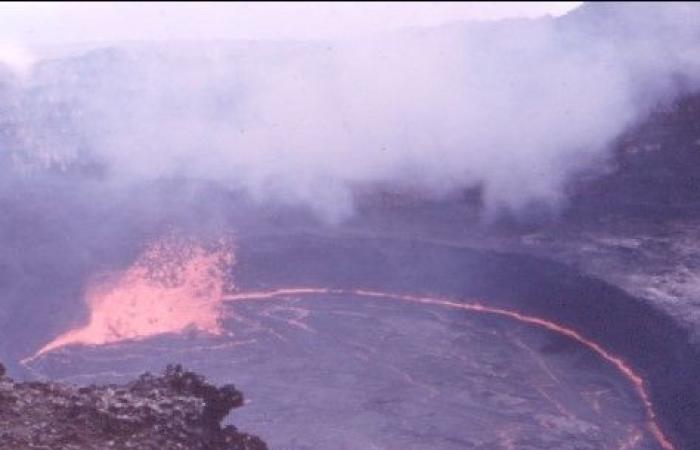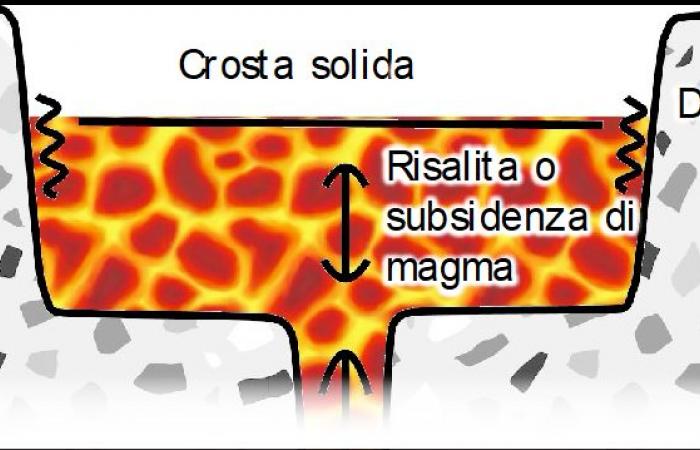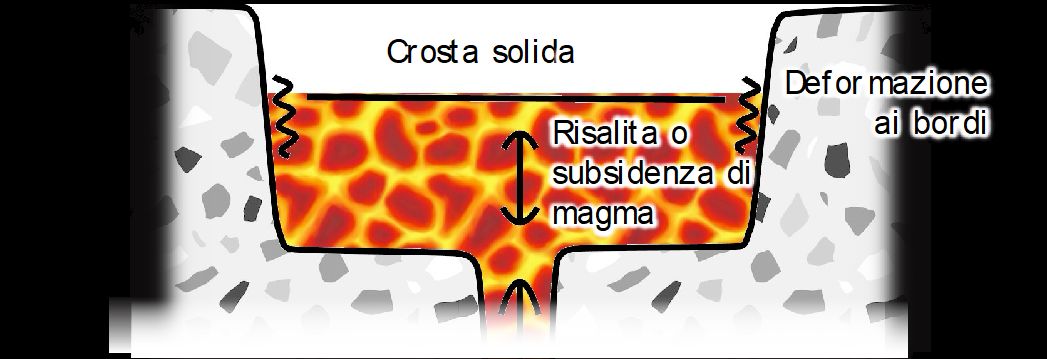The new findings provide a more complete picture of how widespread lava lakes are on the planet moon I and reveal for the first time the mechanisms of ongoing volcanic processes. These results were obtained thanks to the Italian instrument, financed byItalian Space Agency (ASI) JIRAM (Jovian Infrared Auroral Mapper) on board Juno, which “sees” in infrared light not visible to the human eye. Researchers have published an article on Juno’s most recent “volcanic” discoveries on Nature Communications Earth and Environment.
Io has fascinated the astronomical community since 1610, when Galileo Galilei discovered the Jovian moon. 369 years later, NASA’s Voyager spacecraft captured a volcanic eruption on the moon. Subsequent Galileo and Juno missions made several more observations of Io, and through these, much more detail about its volcanism has been uncovered. Scientists think that Io, which is stretched and compressed like an accordion by the gravity of nearby moons and massive Jupiter, is the most volcanically active world in the solar system. But while there are many theories about the types of volcanic eruptions that populate its surface, little data has existed to support them.
In May and October 2023, Juno performed flybys of Io with a closing distance of approx 35,000 kilometers And 13,000 kilometers, respectively. At the time, the two flybys were the closest a probe had reached the Jovian moon in more than two decades. Among the Juno instruments that were closely observing the fascinating and slightly larger-than-Earth moon was the Italian JIRAM instrument.
JIRAM was designed to capture infrared light coming from Jupiter’s deep interior, probing the weather layer up to 50-70 kilometers below Jupiter’s cloud tops. But during Juno’s extended mission, the instrument was also used to study the moons Io, Europa, Ganymede and Callisto. The images of Io taken by JIRAM showed the presence of bright rings in the infrared corresponding to numerous “hot spots” (literally, hot spots, i.e. calderas, volcanoes or lava flows).
“The high spatial resolution of JIRAM’s infrared images, combined with the favorable position of Juno during flybys, revealed that Io’s entire surface is covered by lava lakes contained in caldera-like structures (large depressions formed when a volcano erupts and collapses),” said Alessandro Mura, a Juno co-investigator at the National Institute for Astrophysics in Rome. “We estimate that in the region of Io’s surface where we have the most complete data, about 3% is covered by one of these lava lakes.”
Inside the Mouth of the Fire Lakes
Data from JIRAM’s Io flyby not only highlights Io’s abundant lava reserves, but also provides insight into what might be happening beneath the surface. Infrared images of several lava lakes on Io showed an extremely thin circle of lava at the boundary, between the central crust (which covers most of the lava lake) and the lake walls. The lack of lava flows beyond the edge of the lake suggests substantial recycling of the magma, indicating that there is a balance between what is erupted into the lava lakes and what is re-injected into the underground system.
“Now we have an idea of what the most frequent type of volcanism is on Io: huge lava lakes where magma rises and falls,” Mura said. “The lava crust is forced to break against the lake walls, forming the typical lava ring seen in Hawaiian lava lakes. The walls are probably hundreds of meters high, which explains why magma is generally not observed escaping from the paterae (a term used to indicate the calderas on Io, i.e. bowl-shaped structures created by volcanism,) and move on the surface of the moon.”
JIRAM data suggests that most of the surface of these lava lakes on Io is composed of rocky crust that cycles up and down as a single surface due to central magma upwelling and downdrafting. The crust touching the lake walls cannot slide due to friction with the lake walls, so it deforms and eventually breaks – allowing the lava just below the crusted surface to be visible to JIRAM.
An alternative hypothesis remains valid – the rise of magma in the center of the lake. In this scenario, the insulating crust (albeit thin) spreads radially through convection processes into the lake and then sinks at the edges, exposing the lava.
“We are just starting to review JIRAM results from close flybys of Io in December 2023 and February 2024,” said Scott Bolton, Juno principal investigator at the Southwest Research Institute in San Antonio. “The observations show fascinating new information about Io’s volcanic processes. By combining these new findings with Juno’s long-term campaign to monitor and map volcanoes at Io’s never-before-observed north and south poles, JIRAM is proving to be one of the most more valuable for understanding how this tormented world works.”
Juno performed its 62nd flyby of Jupiter – which included a flyby of Io at an altitude of about 29,250 kilometers on June 13. Its 63rd flyby of the gas giant is scheduled for July 16.
Mission Information
NASA’s Jet Propulsion Laboratory, a division of Caltech in Pasadena, California, manages the Juno mission for the principal investigator, Scott Bolton, of the Southwest Research Institute in San Antonio. Juno is part of NASA’s New Frontiers Program, managed at NASA’s Marshall Space Flight Center in Huntsville, Alabama, for the agency’s Science Mission Directorate in Washington. The Italian Space Agency (ASI) funded the Jovian InfraRed Auroral Mapper. Lockheed Martin Space in Denver built and operates the space probe. More information about Juno is available at: https://www.nasa.gov/juno
Full photo caption Chors Patera: Juno scientists believe that most of the lava lake, about 70 kilometers wide, is covered by a thick crust of molten material (the central part that appears red/green in the graph) with a surface temperature of about -40° C. The white ring surrounding it is where lava from Io’s interior is directly exposed to space, the hottest part of this volcanic feature, around 500°C. The green area is outside the lava lake and is very cold (around -150° C). The lava ring at the edges of the lake is a similar feature to that seen in some Hawaiian lakes (below, Puʻu ʻŌʻō lava lake in the early 1990s – courtesy of NPS/USGS). JIRAM “sees” infrared light not visible to the human eye. In this image, measurements of the thermal emission radiated from the planet were in the infrared wavelength between 4.5 and 5 microns.
-
This image shows the infrared emission from Chors Patera on Jupiter’s moon Io. It was created by combining data collected by the Jovian Infrared Auroral Mapper (JIRAM) instrument during a flyby of the moon on October 15, 2023. (image source/credits: A. Mura / JIRAM Team)
-
Puʻu ʻŌʻō lava lake in the early 1990s – courtesy of NPS/USGS – public images
-
In this graph, the proposed mechanism for the formation of the lava ring: the rising and falling of the magma causes the crust on the edges of the lake to break.
Image source A. Mura








